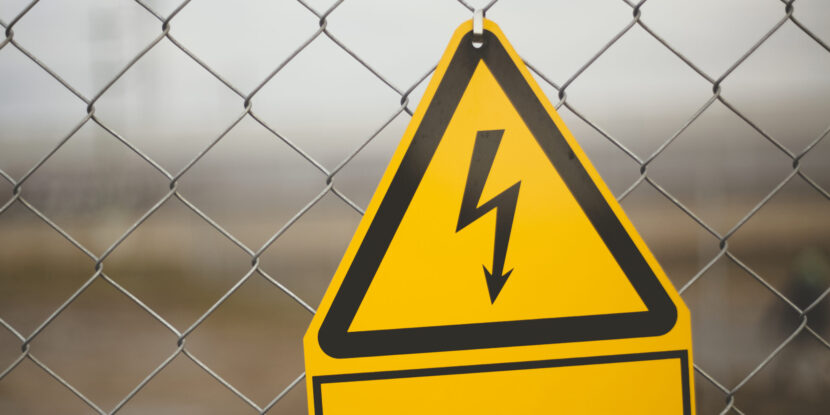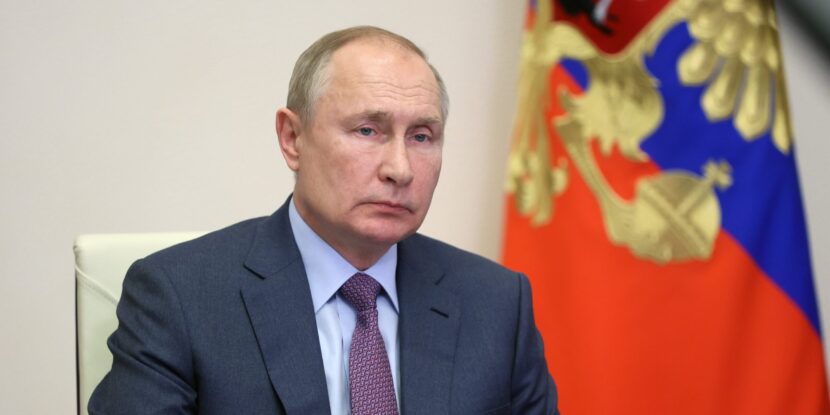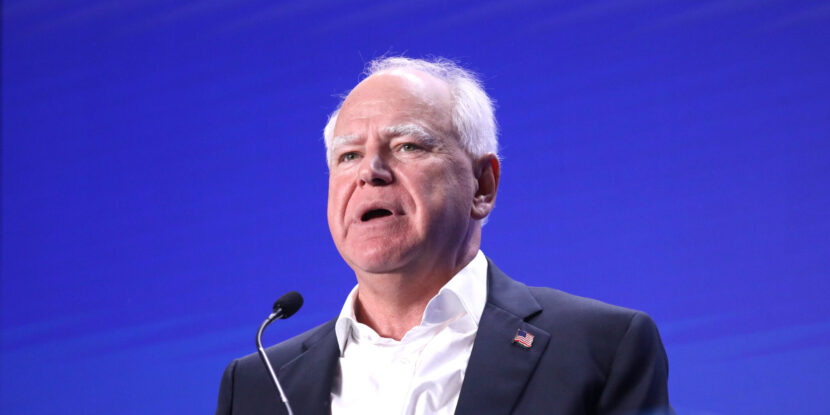❓WHAT HAPPENED: Pennsylvania Governor Josh Shapiro (D) has suggested the state may leave the PJM Interconnection, the largest regional electricity grid in the U.S., to address rising utility bills.
👤WHO WAS INVOLVED: Governor Josh Shapiro, PJM Interconnection, Pennsylvania lawmakers, and residents affected by rising utility costs.
📍WHEN & WHERE: Pennsylvania, with Gov. Shapiro ramping up efforts after comments made last month.
💬KEY QUOTE: “If they can’t move quickly, if they can’t reform themselves, we’re going to figure out how to do this on our own.” – Josh Shapiro
🎯IMPACT: Leaving PJM would require significant regulatory approval and could reshape the energy landscape for Pennsylvania and other states considering similar moves.
Pennsylvania Governor Josh Shapiro (D) has announced that his state may leave the PJM Interconnection, a 13-state electricity grid network, in response to rising utility bills. The PJM network has been part of Pennsylvania’s energy infrastructure for nearly 70 years, but has recently faced criticism over increased costs and slow progress in adapting to modern energy demands.
Notably, electricity prices have spiked across the country over the past several years, due in large part to rapid expansion in demand for data centers for the artificial intelligence (AI) technology industry and the cryptocurrency sector. “PJM has kind of been a black box for too many years,” Shapiro stated last month. “And as a result of that, they are too darn slow and they are raising costs at really an alarming rate.” He emphasized that Pennsylvania is willing to leave the network if reforms are not implemented quickly, adding that PJM has “months, not years” to address these issues.
The potential departure follows PJM’s latest capacity auction, which projected electricity bill increases between 10 and 20 percent over the next three years for Pennsylvania residents. The rising costs are attributed to growing energy demand, driven in part by new technologies such as artificial intelligence and data centers. PJM estimates peak demand will have increased by 32 gigawatts from 2024 to 2030.
Shapiro highlighted that Pennsylvania has the ability to provide reliable energy at affordable rates but accused PJM of hindering the state’s progress. “If they can’t move quickly, if they can’t reform themselves, we’re going to figure out how to do this on our own,” he stated. PJM, meanwhile, has argued that addressing the evolving energy landscape requires collaboration among states, the industry, and the grid operator.
While Pennsylvania is not alone in considering a departure—New Jersey and Maryland lawmakers are also evaluating leaving the grid—such a move would require significant regulatory approval and pose logistical challenges. Texas, which maintains its own independent grid, illustrates the problems Pennsylvania and other states could face. During severe winter storms—like that which occurred in 2021—and other periods of high demand, Texas’s electrical grid has suffered both brownouts and blackouts, with the state unable to expand capacity by purchasing power from its neighbors during emergencies.
Join Pulse+ to comment below, and receive exclusive e-mail analyses.






















